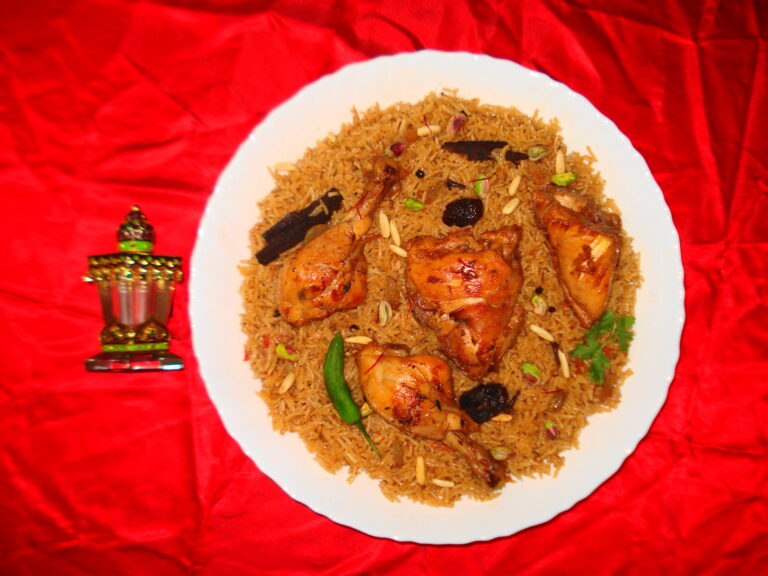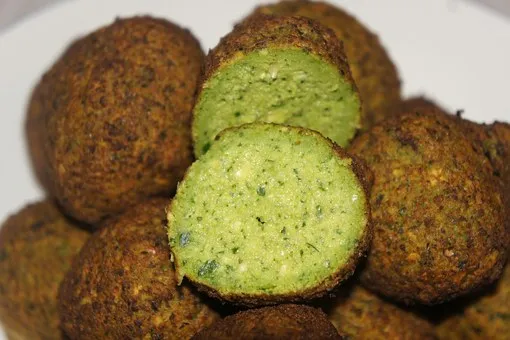Introduction to Kuwait’s fishing and maritime heritage
Kuwait, a small Middle Eastern country located on the Persian Gulf, has a rich fishing and maritime heritage that dates back centuries. Fishing has long been a mainstay of Kuwait’s economy, with the country’s strategic location on the Gulf making it an ideal location for fishermen. Kuwait has a diverse marine ecosystem, with a variety of fish and seafood species that have been a part of the country’s cuisine for generations.
The role of fishing in Kuwaiti cuisine
Fishing plays a significant role in Kuwaiti cuisine, with seafood dishes featuring prominently in the country’s traditional food culture. Kuwaiti cuisine is known for its bold and complex flavors, and seafood dishes are no exception. Some of the most popular seafood dishes in Kuwait include machboos samak (fish biryani), sayadiya (spiced fish and rice), and balaleet dajaj (sweet vermicelli with fish). These dishes are typically made with locally caught fish, and are often served with traditional side dishes such as hummus, tabbouleh, and fattoush salad.
Traditional Kuwaiti fish dishes and their origins
Many of Kuwait’s traditional fish dishes have their origins in the Bedouin nomadic culture that once dominated the region. Machboos samak, for example, is similar to the biryani dishes that are popular in India and Pakistan, reflecting the influence of the Indian Ocean trade routes on Kuwaiti cuisine. Sayadiya, on the other hand, is a spiced fish and rice dish that is often served with caramelized onions and a tangy tomato sauce. This dish is thought to have originated in Egypt, and was brought to Kuwait by traders who traveled along the Red Sea.
The impact of international influences on Kuwaiti seafood
Kuwait’s fishing and maritime heritage has been shaped by a variety of international influences over the years. The country’s location on the Persian Gulf has made it a strategic trading hub for centuries, and as a result, Kuwaiti cuisine has been influenced by a variety of different cultures. Indian, Persian, and Ottoman influences are particularly evident in Kuwaiti seafood dishes, which often feature spices and other ingredients that are commonly used in these cuisines.
Modern twists on traditional Kuwaiti fish dishes
In recent years, Kuwaiti chefs have been experimenting with modern twists on traditional fish dishes, incorporating new ingredients and techniques into their cooking. Some chefs have even begun to fuse traditional Kuwaiti flavors with other global cuisines, creating dishes that are both unique and delicious. For example, machboos samak may be served with a side of mango salsa, or sayadiya may be made with saffron and other exotic spices.
Preserving and promoting Kuwait’s fishing and maritime heritage through cuisine
As Kuwait’s fishing and maritime heritage continues to evolve, it is important to preserve and promote the country’s rich culinary traditions. This can be done in a variety of ways, from educating the public about the history and significance of Kuwait’s seafood dishes, to supporting local fishermen and seafood farmers. By embracing its fishing and maritime heritage, Kuwait can continue to create unique and flavorful dishes that reflect the country’s rich cultural heritage.


